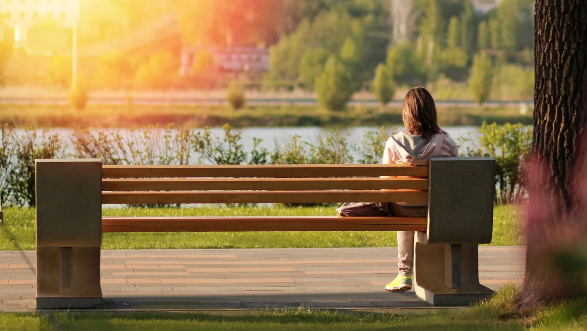Recovering from a hysterectomy can be physically and emotionally challenging. Once your doctor clears you for physical activity, getting back into exercise can feel daunting—but it’s an important part of restoring strength, mobility, and overall well-being. With patience, careful planning, and awareness of your body’s needs, you can safely ease back into movement.
Why Exercise Matters
After a hysterectomy, physical activity supports:
-
Core and pelvic strength: Gentle exercise helps rebuild abdominal and pelvic floor muscles.
-
Circulation and cardiovascular health: Movement boosts energy and supports recovery.
-
Mental well-being: Exercise can reduce stress, improve mood, and combat fatigue.
-
Overall mobility: Maintaining flexibility and strength reduces stiffness and promotes independence.
Tips for Returning to Exercise
1. Follow Your Doctor’s Guidelines
Your healthcare provider will let you know when it’s safe to begin gentle activity. Typically, light walking or stretching may start a few weeks after surgery, but more strenuous exercise is usually delayed until at least 6–8 weeks, depending on the type of hysterectomy and individual recovery.
2. Start Slow and Gradual
Ease in with low-impact, gentle movements before attempting higher-intensity workouts. Focus on short sessions (10–15 minutes) and gradually increase duration and intensity as your strength and comfort improve.
3. Prioritize Core and Pelvic Floor Strength
A hysterectomy can weaken the core and pelvic floor, making these muscles a priority:
-
Pelvic tilts: Lie on your back with knees bent and gently tilt your pelvis, engaging your lower abs.
-
Bridges: Lift your hips while keeping your core engaged to strengthen glutes and lower back.
-
Kegel exercises: Contract and relax pelvic floor muscles to rebuild tone and support.
4. Incorporate Low-Impact Cardio
Activities like walking, stationary cycling, or swimming are excellent ways to rebuild cardiovascular endurance without stressing your body.
5. Include Gentle Stretching and Flexibility Work
Stretching can improve circulation, reduce stiffness, and support mobility:
-
Cat-cow stretches for spinal flexibility
-
Seated or lying hamstring stretches
-
Shoulder and chest openers to relieve tension
6. Listen to Your Body
Pain, pressure, or unusual fatigue are signs to pause or scale back. Recovery after surgery is not linear—some days may feel easier than others, and that’s normal.
7. Consider Professional Guidance
A physical therapist or certified post-surgical fitness specialist can create a tailored program, ensuring safety and helping you regain strength efficiently.
When to Seek Help
If you experience severe pain, unusual bleeding, swelling, or other concerning symptoms during or after exercise, contact your healthcare provider promptly.
Final Thoughts
Returning to exercise after a hysterectomy requires patience, self-compassion, and careful progression. By starting gently, focusing on core and pelvic strength, and gradually increasing activity, you can safely rebuild strength, improve overall fitness, and feel empowered in your recovery journey. Remember, every small step counts toward reclaiming your strength and confidence.




.jpg)








